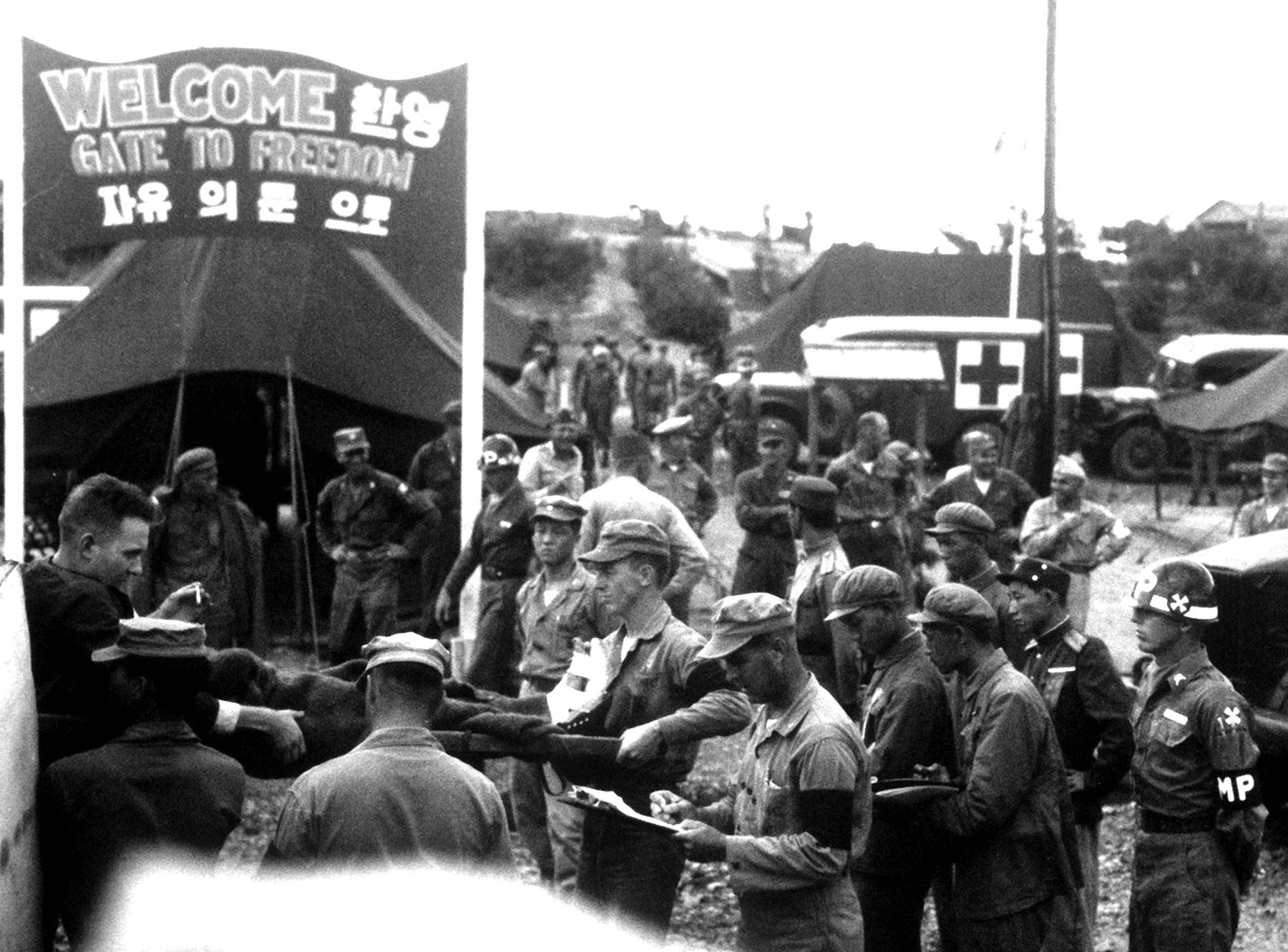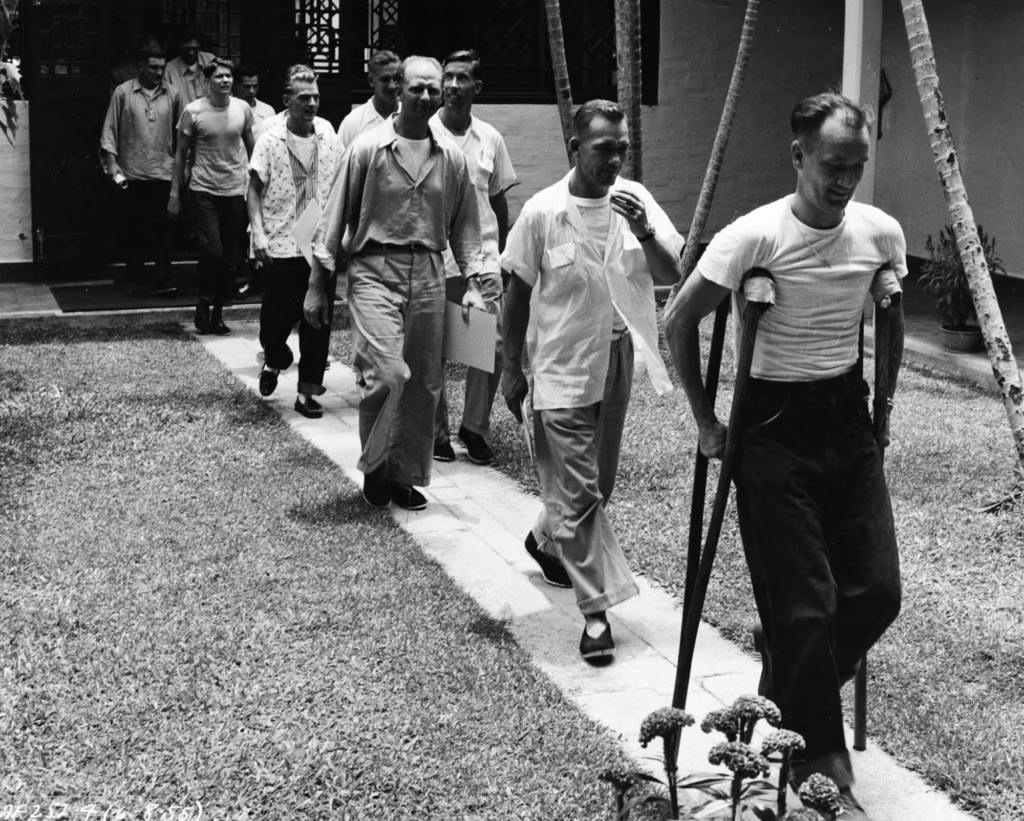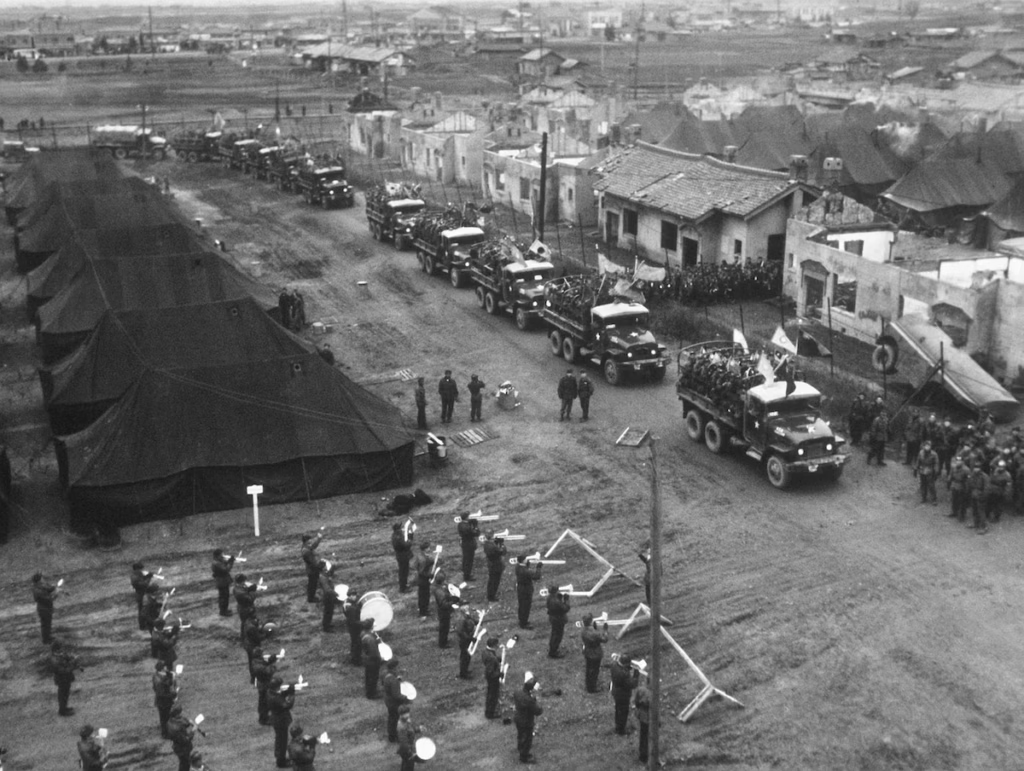The Korean War Prisoners: The Forgotten Soldiers of a Divided Conflict

Introduction
The Korean War (1950–1953), often termed the “Forgotten War,” was a brutal conflict fought between North Korea (with support from China and the Soviet Union) and South Korea (with support from the United States and United Nations). Among the many tragic and complex chapters of the war, none is more controversial or heart-wrenching than the fate of its prisoners of war (POWs).
Tens of thousands of soldiers were captured on both sides. But unlike previous wars, the Korean War’s POW issue became not only a humanitarian crisis but a core political battleground—delaying the armistice, straining diplomatic ties, and shaping Cold War attitudes for decades.
This article explores the full story of Korean War POWs: how they were captured, treated, politicized, and—often—forgotten.
Overview of the Conflict
- War began: June 25, 1950, when North Korea invaded South Korea.
- The United Nations, led by the U.S., intervened on behalf of the South.
- China entered the war in late 1950 to support the North.
- Fighting lasted until the armistice on July 27, 1953.
The conflict was marked by intense combat, mass displacement, and high casualties—including tens of thousands captured as POWs.
Capture and Detention of POWs
United Nations (UN) and South Korean POWs in North Korea and China
- Estimated 88,000 South Korean troops were captured by North Korean and Chinese forces.
- Around 7,190 U.S. and UN soldiers were captured (most of them Americans).
- Most POWs were held in harsh camps in North Korea (e.g., Camp No. 1, Camp 5, and Camp 2) and later in Chinese-controlled camps near the Yalu River.
Conditions:
- Extremely poor nutrition, medical care, and shelter.
- Brutal forced marches—many POWs died during transit.
- Subjected to indoctrination and “reeducation” by communist cadres.
- Torture and psychological abuse were common for non-cooperative prisoners.

North Korean and Chinese POWs in the South
- The U.S. and South Korea captured over 170,000 North Korean and Chinese POWs.
- Camps were mainly located on Geoje Island and in Busan.
- The U.S. tried to maintain Geneva Convention standards, but:
- Riots and insurrections broke out in POW camps.
- POWs organized into pro-communist and anti-communist factions, often violently clashing.
- Mass indoctrination and propaganda efforts occurred within the camps themselves.
Repatriation Controversy: The Core Diplomatic Crisis
Voluntary vs. Forced Repatriation
The major diplomatic crisis of the Korean War POW issue was repatriation—whether POWs should be forced to return to their home countries or allowed to choose.
Communist Position (North Korea, China):
- Demanded all POWs be repatriated, per standard interpretation of the Geneva Convention.
UN Position (especially U.S.):
- Argued for voluntary repatriation, especially since many POWs expressed fear of persecution or death if returned to North Korea or China.
This led to a deadlock in armistice talks, with negotiations stalled for over a year (from mid-1951 to mid-1953).
Resolution and Armistice Agreement (1953)
Armistice Terms on POWs:
- POWs were allowed to choose whether to return home.
- A Neutral Nations Repatriation Commission (NNRC) was established, led by India, to oversee the process.
- Of over 170,000 Communist POWs:
- About 88,000 were repatriated.
- Around 22,000 (21,000 Chinese, 350 North Koreans) chose not to return.
- Of the UN and South Korean POWs, roughly:
- 3,597 UN troops were repatriated.
- 12,000 South Koreans were returned—but tens of thousands remained unaccounted for.
The Forgotten POWs of the Korean War
South Korean Soldiers Left Behind
- Estimates suggest over 50,000 South Korean POWs were never repatriated and forcibly integrated into North Korean society, often as laborers in mines or construction.
- Survivors who escaped decades later described lifetimes of forced labor, surveillance, and persecution.
- South Korea has consistently raised the issue with North Korea, but little progress has been made.
Unaccounted U.S. POWs
- About 389 U.S. soldiers were officially unaccounted for.
- Some reports suggest dozens may have been taken to China or the Soviet Union for interrogation.
- U.S. investigations continue to this day, though most remain unresolved.
Psychological Warfare and Brainwashing
The Korean War was one of the first conflicts where psychological warfare and “brainwashing” techniques were systematically reported:
- Several repatriated American POWs confessed to war crimes or made anti-American statements during captivity.
- This led to the term “brainwashing” becoming part of Cold War language.
- Some American POWs refused repatriation and chose to remain in China (the most famous were the “Turncoat Soldiers”—a group of 21 Americans).
Many of these men later returned to the U.S. under heavy scrutiny.
Humanitarian Violations
Despite formal adherence to the Geneva Convention, both sides committed:
- Torture and abuse
- Executions of wounded soldiers
- Psychological manipulation
- Neglect and unsanitary conditions
- Use of POWs for propaganda and labor
These violations left lasting psychological and physical scars on survivors.
Legacy and Impact
Political Impact
- Deepened Cold War divisions.
- Influenced U.S. military doctrine on POW conduct, leading to the Code of Conduct for American soldiers (1955).
- Affected U.S.-China relations, especially due to the POW issue and the fate of the “Turncoat” Americans.
Cultural Impact
- Inspired numerous books, documentaries, and films (e.g., The Manchurian Candidate).
- Became a symbol of Cold War ideological battles.
Ongoing Efforts
- Organizations like the Defense POW/MIA Accounting Agency (DPAA) continue to search for remains of missing American soldiers.
- South Korea continues to press for information on unreturned POWs.

Conclusion
The prisoners of the Korean War—on all sides—endured incredible hardship, exploitation, and injustice. Their fate shaped not only the course of the war but also the diplomatic and moral terrain of the Cold War.
The complex POW issue was not just about soldiers, but about ideology, propaganda, and political legitimacy. While many were eventually returned, thousands were left behind, some silenced forever by the walls of war and regime.
Today, their stories are being rediscovered—reminders of a war that never formally ended, and of people who were caught between nations, systems, and ideologies.




